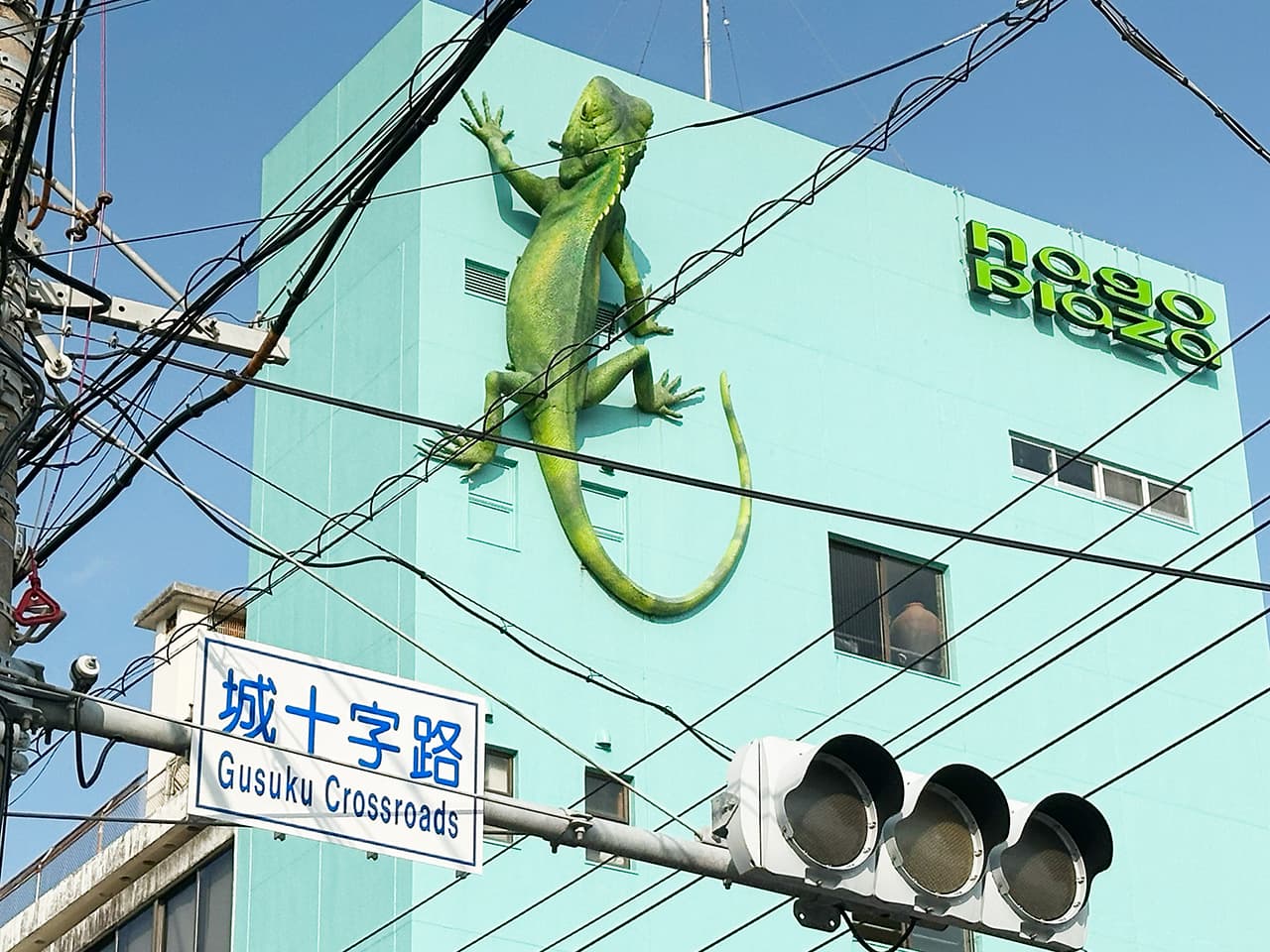Visiting the site of Higuchi Ichiyo’s former residence
In the middle of a dense residential neighborhood there is a quiet corner where a well-known writer from Meiji period used to live.
In the Hongo area of Bunkyo-ku there are still many buildings that miraculously survived the Great Kanto Earthquake and the air raids of 1945. I could see these remnants of the old town still standing between newer buildings as I walked up Kikusaka Dori, a slightly sloped street just off the main busy road. The entire area is a long valley with an interesting landscape. On the right side of Kikusaka, there is a steep hill with streets that run between mostly apartment buildings. On the left side where the slope descends, every few blocks there is a stairway leading down to another street that runs in parallel. Houses in this part are narrow but tall. There is a lot of shade with barely any sunlight reaching into the alleys. Probably a good place to be during the sweaty summer heat.
The neighborhood was very quiet. You could probably hear a cat when it jumps from one roof to another!
Relying on my GPS I knew that I was close to the place I was looking for, but it was not so easy to find.
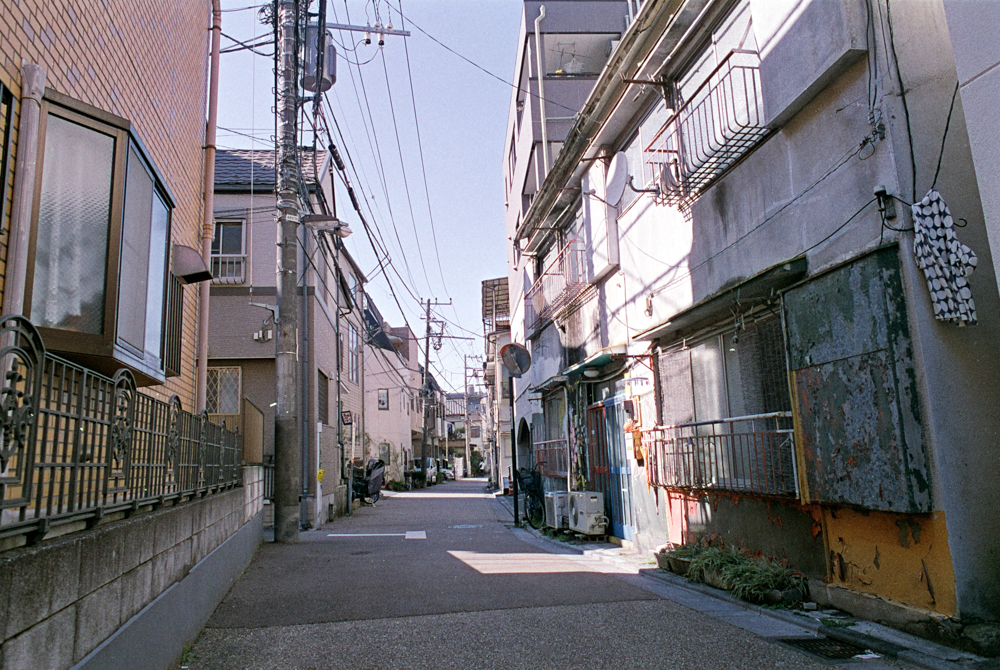
Which corner is the right one? It took a bit of snooping around the back alleys before I finally saw what looked like the place — a small paved courtyard with a well and two tall, wooden houses behind it. It almost looked like an unintentional movie set.
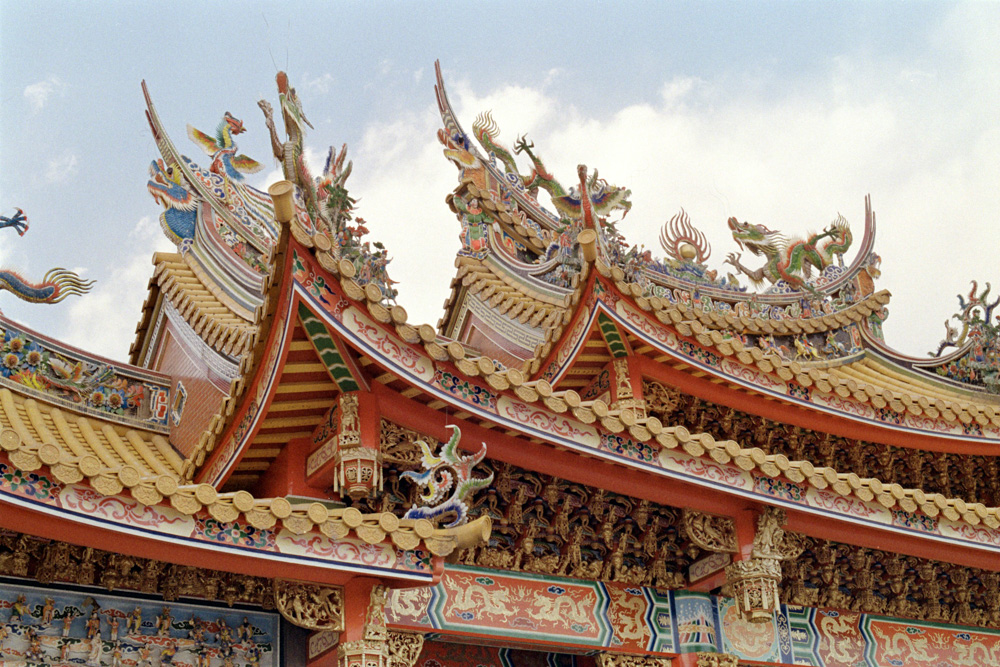
It is known that it was in this spot where the house of Higuchi Ichiyo — the face of the 5000 Yen bill — once stood. There are no markings and no remains of the house but it is fascinating just knowing that the surroundings are still the way they were over a hundred years ago. Not surprisingly, since there is no on-site information, many people mistake the two wooden houses in the back as Ichiyo’s former residence. The one on the left even has a sign on the front door that says “Ichiyo House” but this is just the name of the building. In fact, this building is about 90 years old, built in Taisho Period. Interestingly, I found out that the 1st floor is available for rental.
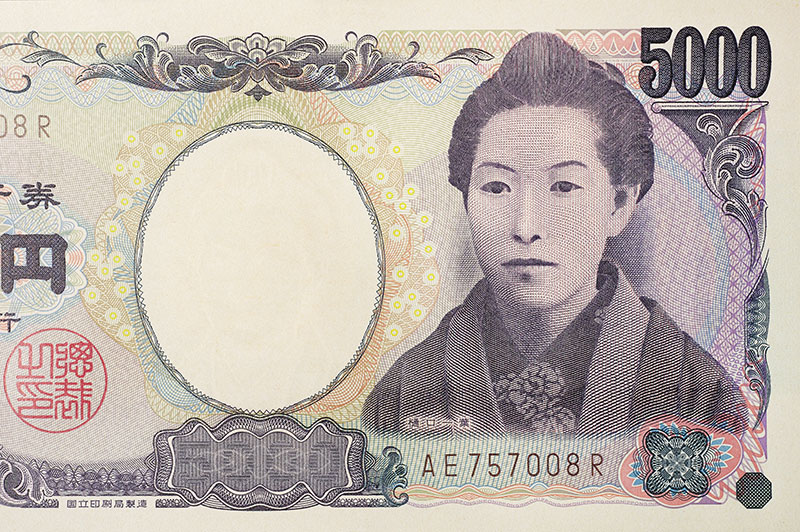
Higuchi Ichiyo (real name Higuchi Natsu), born in 1872, was a Meiji Period novelist, poet and extensive diarist whose works left a significant impact on Japanese literature. After the death of her father, in 1890, at the age of 18, she moved to the Kikusaka neighborhood with her mother and sister. They stayed here for 2 years and 11 months. It was around that time when she decided to become a writer. Money was tight and they lived in poverty; the family earned a living by doing needlework, washing kimono and other jobs. The well that they used for washing on a daily basis still quietly stands in the same spot today. It is still used for watering plants.
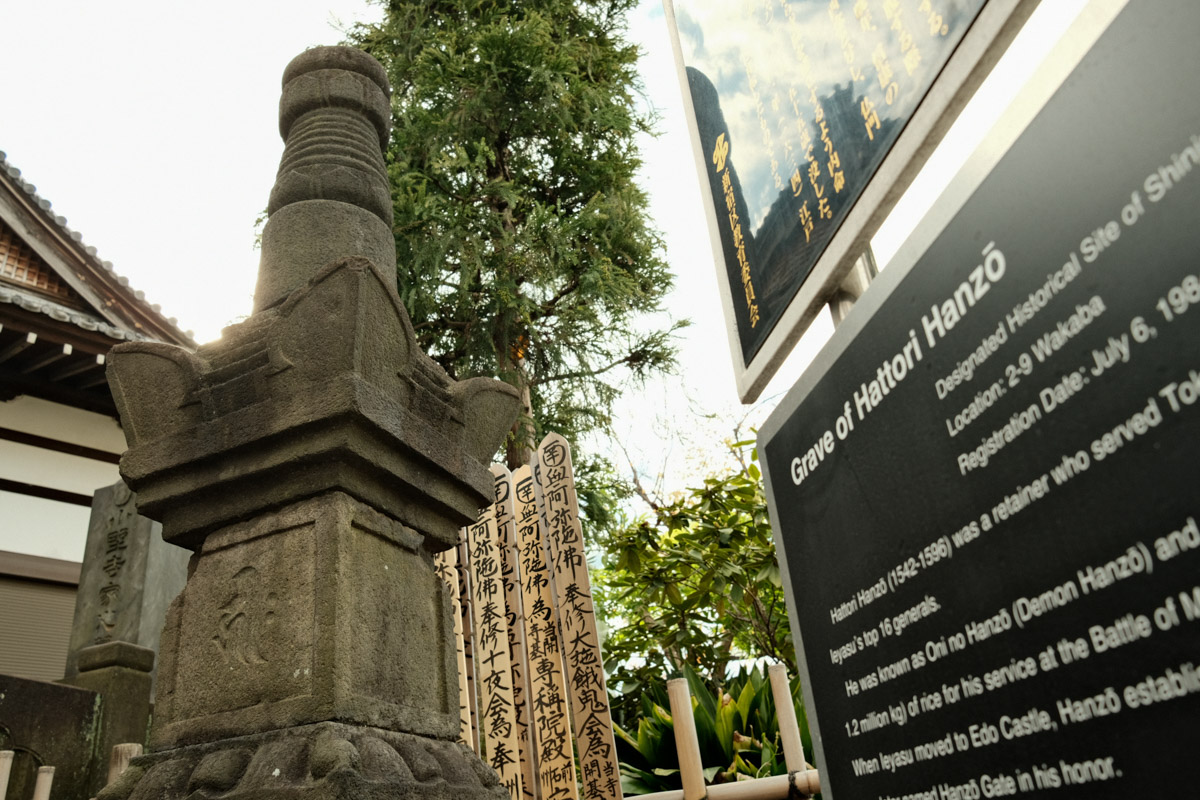
A short walk from here, just a couple of minutes along Kikusaka Dori, there is another location closely related to Ichiyo’s life — the former Iseya pawn shop. It is known from her diaries that she often went to this pawn shop to help ends meet during tough times, even after the family moved out of the Kikusaka house. It was this shop that saved their life.
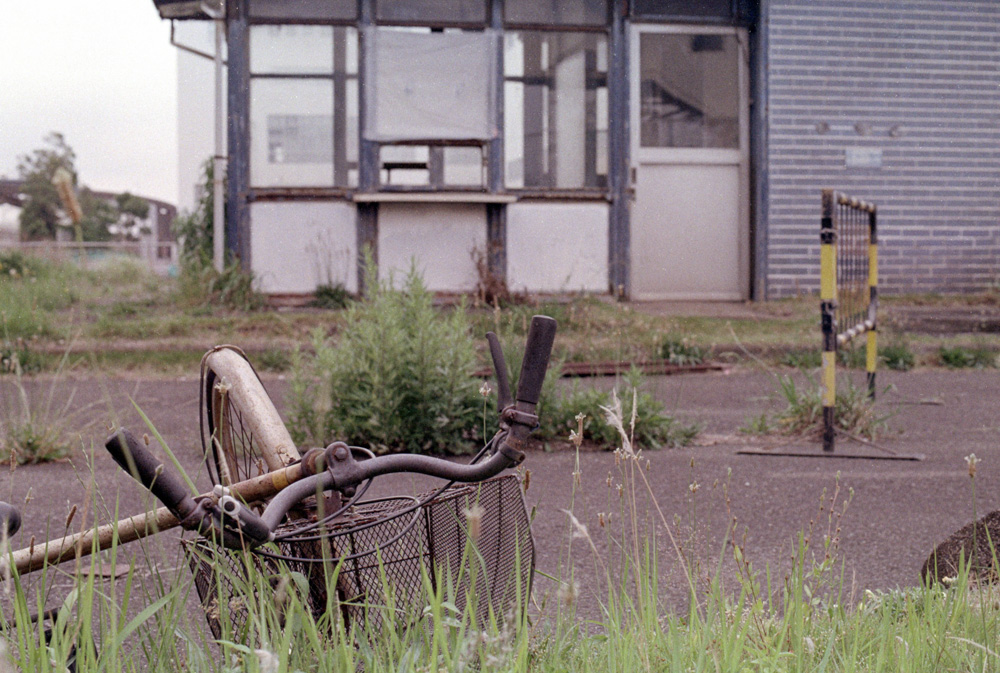
Over time, it became difficult for the owner to maintain the building and they even considered demolishing it, but fortunately Bunkyo ward’s Atomi University received a subsidy from the ward and purchased it. The shop, founded in 1860, is now designated as a cultural heritage site and open to the public. I found a Tokyo MX news report about the opening.
The outer wall of Iseya was restored after the Great Kanto Earthquake of 1923 but the interior is said to be the same as it was at that time. I know you are curious what is it like inside. Take a look at this VR tour.
Higuchi Ichiyo made her debut as a novelist after her novel Yamizakura was published in 1892, with many other works that followed. Four years later, she died from tuberculosis at the age of 24. Some of her best-known novels have been made into movies.
What would Ichiyo say if she knew her portrait would one day adorn the 5000 Yen bill?
